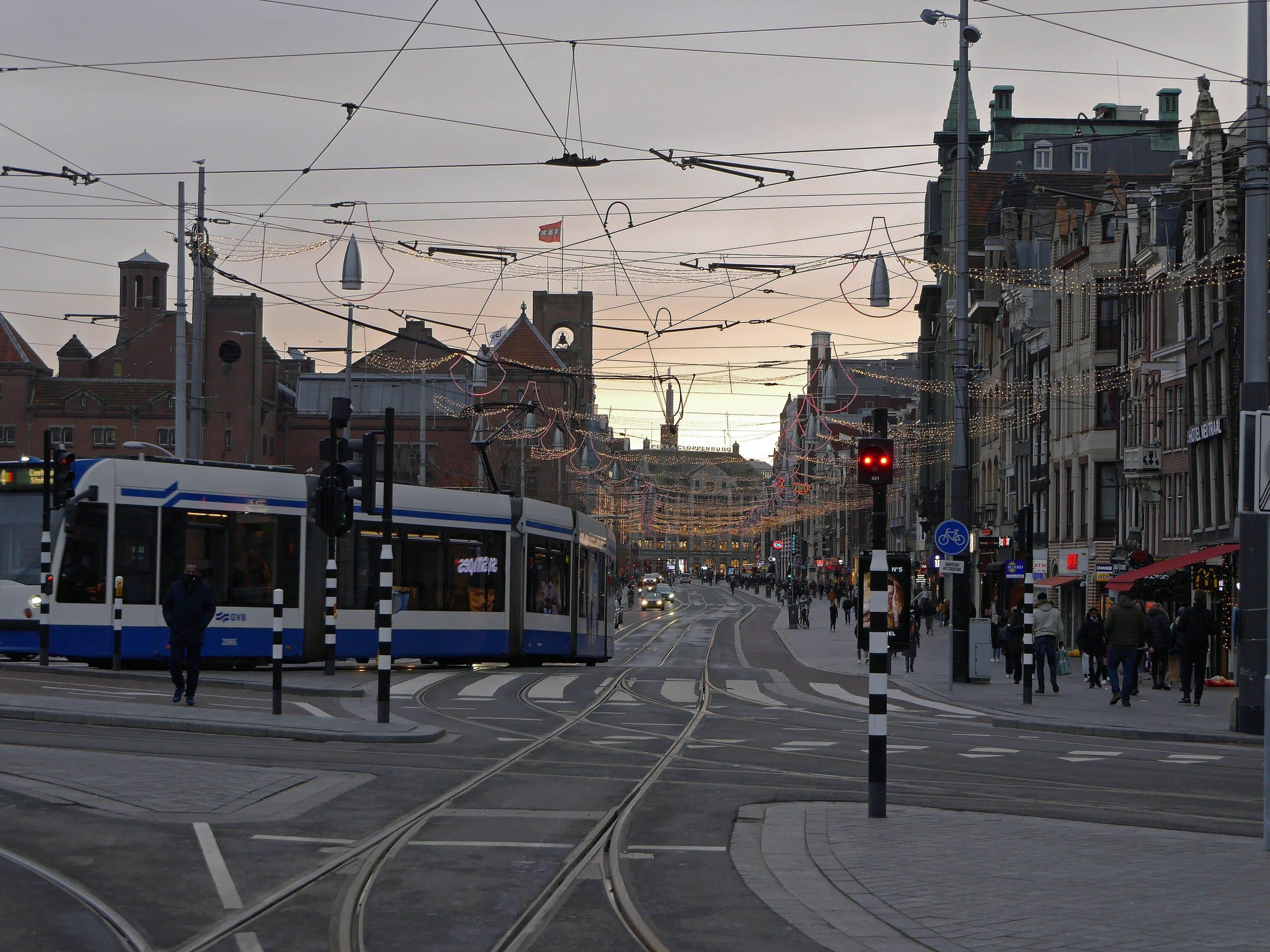The impact of urban transit development on real estate

In the bustling heart of urban landscapes, the development of transit systems often marks the pulse of property markets. As cities sprawl and populations grow, the spotlight on the nexus between urban rail transit and real estate prices intensifies. The conversation weaves through the corridors of city planning offices, real estate firms, and the homes of everyday individuals keen on understanding how the latest rapid transit project might affect their property’s value.
In this comprehensive exploration, we delve into the intricate relationship between public transport advancements and fluctuations in housing prices. Whether you’re a homeowner eyeing the ripple effect of a new transit station or an investor speculating on the next hot market, understanding this dynamic can be pivotal for making informed decisions.
En parallèle : What are the trends in real estate financing technology?
Urban Rail Transit and Property Values
Urban rail, a pivotal variable in the urban development model, undeniably influences the real estate landscape. The introduction of a new rail transit line or the upgrading of existing public transport services can significantly impact property prices in the surrounding areas.
The Allure of Accessibility
Accessibility is a prized commodity in real estate. Properties within a stone’s throw of transit stations often command higher prices due to the convenience they offer. The ease of commuting, reduced travel times, and the economic benefits of rail transit are magnetic to residential and commercial buyers alike.
Lire également : Investing in student housing: a lucrative niche
A Case Study in Transit-Oriented Development
Transit-oriented development (TOD) is a real estate development model that concentrates growth around transit stations. TOD aims to create walkable, mixed-use communities with an emphasis on sustainable transport. This approach can lead to a surge in estate values, drawing a clear line between transit availability and real estate desirability.
The Model of Analysis: Crossref and Google Scholar Insights
Studies on the impact of urban transit on property values often use scholarly databases such as Google Scholar and Crossref. With a wealth of case studies and analyses available, these platforms provide a rich bedrock of data, allowing for a nuanced understanding of the relationship between transit and real estate markets.
Real Estate Values: A Variable in Urban Growth
Real estate values serve as a significant variable in the equation of urban growth. As properties near transit corridors appreciate, they can act as catalysts for further development, potentially transforming the urban landscape.
Land Development and Transit Proximity
The proximity to transit stations can trigger a re-evaluation of land use, often resulting in denser, more diverse developments. This can include the sprouting of new residential properties, commercial spaces, and amenities, which in turn, contribute to rising property values.
The Ripple Effect on Housing Prices
As prime locations near transit hubs become more desirable, a ripple effect can occur, influencing housing prices even in peripheral areas. This can lead to a broader appreciation in real estate values, extending beyond the immediate vicinity of transit systems.
Real Estate and Public Transport: A Symbiotic Relationship
The interplay between real estate and public transport is symbiotic. While improved transit options can boost real estate values, thriving property markets can also justify further investments in transit infrastructure, creating a positive feedback loop in urban development.
The Impact of Transit Stations on Surrounding Areas
Transit stations often become the beating hearts of the neighborhoods they serve, pulsating with the comings and goings of daily commuters. Their presence can be a major factor influencing the attractiveness and value of surrounding properties.
The Immediate Zone: A Closer Look
The area immediately surrounding a transit station typically sees the most significant impact on property prices. This zone, often within walking distance of the station, can experience a marked increase in demand, translating to higher property values.
Beyond the Immediate Zone: Gradual Effects
As one moves further from the transit station, the effect on property prices can gradually diminish. However, this does not negate the broader impact on the urban area as a whole, as improved transit options can enhance the appeal of adjacent neighborhoods as well.
Transit Stations as Anchors for Development
Transit stations can act as anchors for development, attracting investments and encouraging urban renewal. New housing complexes, retail centers, and office spaces often spring up in these areas, solidifying the station’s role in driving local real estate dynamics.
Transit Systems: A Driving Force in Real Estate Trends
The evolution of transit systems does not merely shape the urban commute; it also drives real estate trends. The integration of transport infrastructure with land use planning has become a cornerstone of urban development strategies.
Analyzing the Trends: An In-Depth Study
An in-depth study into the impacts of transit systems on property prices reveals patterns that investors and policymakers can use to anticipate changes in the market. Such analysis is crucial for making strategic decisions that align with long-term urban growth objectives.
The Green Version: Sustainable Transit and Property Appeal
Sustainable transit options, such as green version initiatives, can enhance the appeal of properties by offering environmentally friendly and cost-effective transport solutions. This can cater to a growing demographic that values sustainability, potentially driving up property prices in areas served by green transit options.
The Future of Transit and Real Estate: A Predictive Model
Understanding current trends allows for predictive modeling of future real estate markets. As transit systems continue to evolve, their impact on property values will remain a vital component of urban planning and real estate investment strategies.
Conclusion: Understanding the Transit-Real Estate Nexus
Urban transit systems play a transformative role in shaping the real estate market. As cities expand and seek solutions for efficient public transport, the correlation between transit development and property prices becomes increasingly apparent. Property values, particularly in areas surrounding transit stations, are often buoyed by the convenience and accessibility that rail transit provides.
For those of you considering real estate investments or simply curious about the future of your neighborhood, it’s crucial to keep an eye on local transit developments. The introduction of a new rapid transit line or enhancements to existing infrastructure can signal a shift in property values, presenting opportunities for gains or cautioning potential risks.
Through scholarly studies and case analysis, such as those found on Crossref or Google Scholar, we gain a deeper understanding of how transit-oriented models can influence urban growth and real estate dynamics. This knowledge allows for informed decision-making whether you’re a city planner, a real estate professional, or a homeowner.
In a world where urbanization continues at a rapid pace, the relationship between transit stations and property prices is a narrative that unfolds with each new development. As residential properties near transit hubs become increasingly sought after, understanding the interplay between urban rail and estate values is more than just an academic exercise—it’s an essential part of navigating the urban jungle. Keep this connection in mind as you consider your next move in the city’s ever-changing landscape.
